VET APPROVED

The information is current and up-to-date in accordance with the latest veterinarian research.
Learn more »Click to Skip Ahead
Wherever you live, there’s sure to be a large population of feral cats around, even in your neighborhood! Cats are natural hunters, which comes into play every day of their lives.
But how do feral cats survive when they don’t have a regular source of food? What do they eat and drink on a regular basis? What are their hunting habits, and how much food might they get in a day? We explore these questions and more.
Cats are strict carnivores. In the wild, their diet consists of small mammals like mice, rats and even rabbits, plus some insects, birds, and reptiles.

A Quick Word on Feral vs Stray Cats
There is a world of difference between stray and feral cats. Feral cats have usually had very little or no human contact. They typically have never been a pet or lived in a home, so they tend to fear people.
Strays are cats that have usually had owners at some point in their lives. Strays are trying to survive, just like the feral cats, but they are more likely to seek out help from humans. However, a stray cat can eventually become feral if they have no interactions with people for too long.
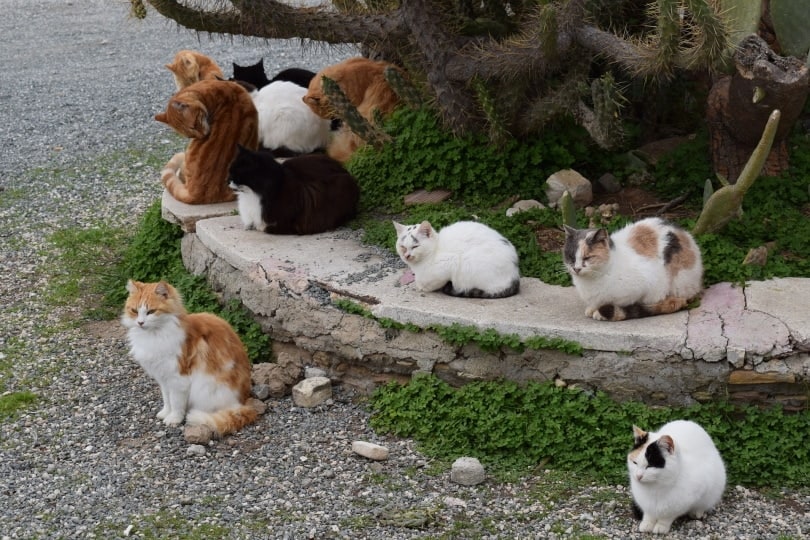
How Feral Cats Live
Most feral cats live in colonies of females that are related to each other. They seek shelter, defend their territory, and take care of their young. Most neighborhoods are not even aware that they have a colony of feral cats living among them, since these cats stay away from people and are more active at dawn and dusk.

Favorite Food for Feral Cats
Preferably Small Rodents
Feral cats will eat whatever prey they can to survive, but if they have a choice, they prefer small rodents like mice and rats. They will also go after hares, rabbits, squirrels, bats, shrews, and moles.
Even Insects and Reptiles
It might surprise you to learn that feral cats eat a fair number of insects. Grasshoppers and spiders are easily found and usually easily caught, making for an unproblematic meal. Feral cats are also known to go after snakes and small lizards.
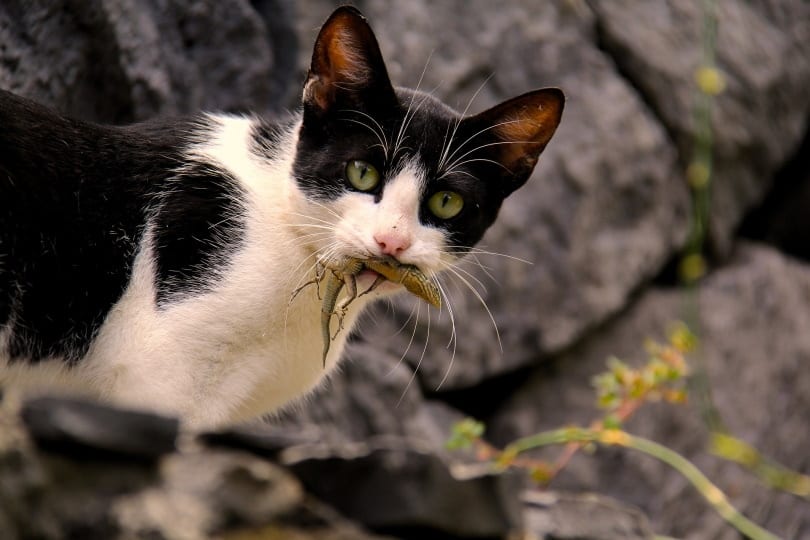
Then There Are the Birds
This topic often sparks debate, but a study in Nature showed that free-ranging domestic cats in the U.S. kill between 1.3 and 4.0 billion birds annually (with a median of 2.4 billion), and between 6.3 and 22.3 billion mammals, primarily due to un-owned cats like barn cats and strays. This makes cat predation one of the single largest sources of human-related wildlife mortality in the country, not just isolated incidents.
So, the idea that cats are minimally responsible for wildlife loss is misleading. The evidence points to widespread and substantial impacts, reinforcing the need for responsible cat management to help protect ecosystems.
Garbage and Humans
Some feral colonies are supported and fed by caregivers and communities. These colonies will typically spend less time hunting and more time enjoying the food that is provided and obviously easier to obtain. Many neighborhoods can produce enough garbage to feed multiple colonies of cats!
Eating Habits
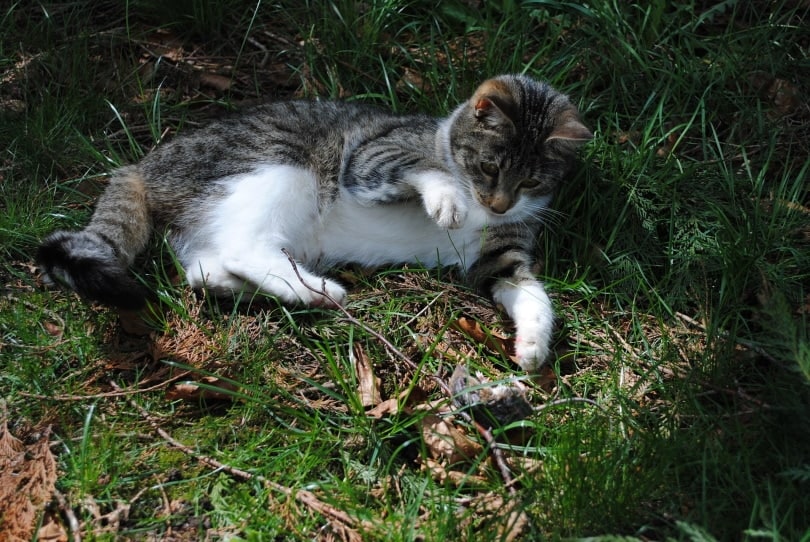
The average feral cat could kill and eat about nine mice over the course of a day, which doesn’t include any unsuccessful hunts that they engage in. They usually eat many small meals scattered throughout the day that are high in protein and fat but low in carbohydrates.
Most feral cats will wait for prey outside of burrows or garbage, where they will carefully stalk and pounce on it. This process is easier and much more successful than stalking and chasing birds.
Water Sources
Feral cats will find water wherever it accumulates, particularly after it’s rained. Whether they drink from puddles, birdbaths, or the dripping water from air conditioners, cats are resourceful and can find water in various ways. They can also draw moisture from their prey, which is helpful when fresh water is in short supply.
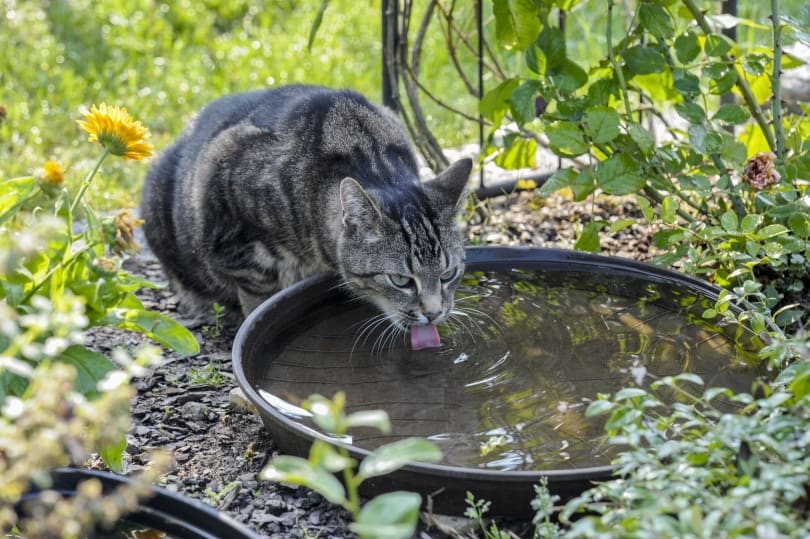
The Importance of the Feral Cat in the Ecosystem
Feral cats are often seen as a threat to native wildlife—especially on islands where species may not have evolved defenses against mammalian predators. While their presence does lead to predation, their removal can also have unintended consequences. One study examined the effects of the removal of feral cats from an island in the mid-1980s. This caused the rabbit population to grow unchecked, resulting in heavy vegetation loss and soil erosion, which negatively affected other fauna. Without the cats to control them, populations of rats and mice also surged to tens of thousands, further destabilizing the ecosystem.
This case illustrates that ecological systems are interconnected, and that removing one species without considering others can lead to cascading effects. If an ecosystem has adapted to the introduction of an ‘unnatural’ species, its removal can have a negative impact. Conservation efforts therefore need to be carefully planned, ideally including simultaneous control of rabbits, rodents, and other invasive species, to avoid replacing one problem with another .

Conclusion
Cats will eat the easiest and most accessible prey or food. They are opportunistic hunters and will use their wiles and senses to find their food, whether it’s suitable garbage or a rat.
Feral cats are resourceful and they enjoy rodents best. They have proven to be essential members of our communities and ecosystems and deserve our gratitude and respect.
- Related Read: Could Cats Survive in a World Without Humans? The Facts
Featured Image Credit: Losonsky, Shutterstock
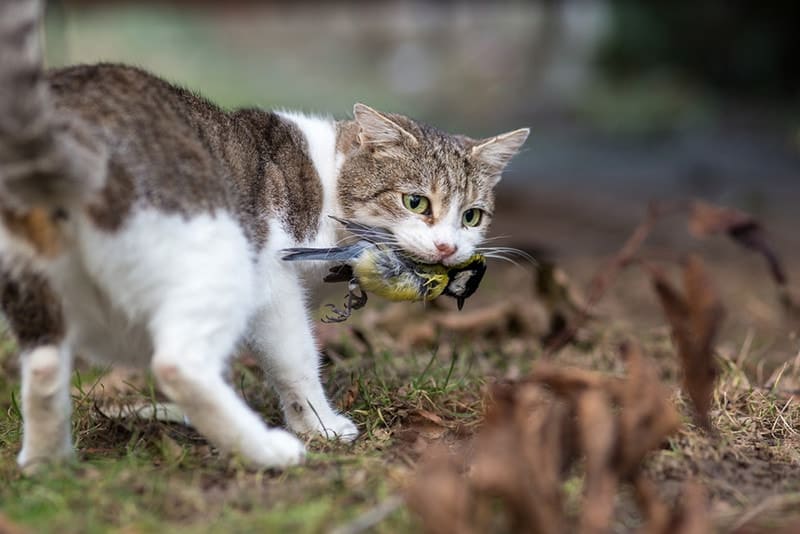

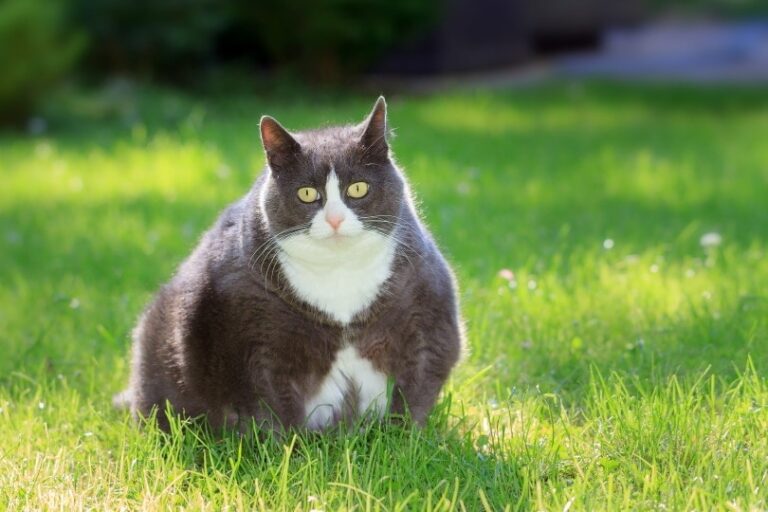









2 Responses
Feral cats definitely ate the quail that resided for years in our neighborhood.
Also, lizards and snakes are vital to the ecosystem, as are spiders.
There is no way cats are native to the California landscape.
Hello Patricia,
thank you for your message. As you pointed out, domestic cats are truly not native to North America compared to pumas, bobcats or lynx. They were brought to the continent by explorers and settlers hundreds of years ago. That is why TNR programs are so important, because they help to keep feral and stray cat population in check.